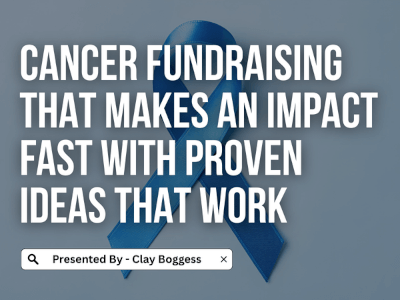
Learn the best way to raise money for your group.
Many schools are unsure what fundraiser will work best for their group. They may have tried various types of sales with mixed results and can’t make a decision. Or, perhaps, they’re unsure if they should continue playing it safe with an existing program or venture into unfamiliar territory.
Therefore, it may be helpful to discuss the pros and cons of 3 major types of sales campaigns, showing items in a brochure where sellers take orders then deliver the merchandise, directly selling a product, and in-house campaigns like carnivals, concession stands, and walkathons.
Here are some of the differences between brochures and product sales.
1. Buying from a Brochure
Groups show a brochure to potential supporters and ask them to make a purchase. The items are then recorded on an order form, and money is collected. When the sale ends, the sponsor sends the order forms for processing. Once the merchandise is received, sellers distribute the items to their supporters. Brochure programs are ideal for any size group but work exceptionally well for larger organizations like elementary schools.
PROS:
- No risk of excess inventory because merchandise is preordered.
- Brochures typically offer a wide variety of items and pricing.
- The company provides the prize program.
- Items are paid for before the order is placed.
- Orders arrive boxed by the seller.
CONS:
- Requires 2 step process by collecting orders and then delivering the merchandise.
- You may have to deal with occasional broken or missing items.
- Buyers must wait to receive their items.
2. Selling a Product:
Groups can order products at a discounted price and then sell them at a profit. The product is distributed to the students to sell to their supporters. Money is collected at the point of sale.
PROS:
- Items are easy to sell because they are less expensive.
- People can see the product before they buy it.
- Requires only one contact with buyers.
CONS:
- Risk of having leftover merchandise.
- Offers less variety.
- Requires inventory monitoring.
- You may have to deal with students who don’t turn in money.
We recommend using a sales tracking sheet when selling products
3. In-house Fundraising:
You can set up your campaign if you choose not to work with a company.
PROS:
- If people donate food and supplies, groups can make up to 100% of the profit.
- Many organizations see this as a way to reach out to their community.
CONS:
- A lot more work goes into planning and running a do-it-yourself sales campaign.
- Groups can lose money if a sale is not managed well or promoted effectively.
You can focus on what to sell once you familiarize yourself with these pros and cons.
Author Bio
Clay Boggess has been designing fundraising programs for schools and various nonprofit organizations throughout the US since 1999. He’s helped administrators, teachers, and outside support entities such as PTAs and PTOs raise millions of dollars. Clay is an owner and partner at Big Fundraising Ideas.



